Cost of foundation repair
Foundation repair is a crucial aspect of home maintenance. It ensures the safety and stability of your property. Understanding the cost of foundation repair is essential for homeowners.
The cost can vary widely. Factors like the extent of damage and type of foundation play a significant role. Knowing these can help you budget effectively.
In Texas, foundation repair costs are often influenced by soil conditions. This makes it important to consider regional variations. Houston, for example, has unique challenges due to its soil.
Getting accurate foundation repair estimates and quotes is vital. It helps avoid unexpected expenses. This guide will provide insights into foundation repair pricing and how to manage costs effectively.
What Is the Average Cost of Foundation Repair?
Foundation repair costs can be a significant concern for homeowners. On average, the cost of foundation repair ranges from $2,000 to $7,000. This can fluctuate depending on the severity of the damage.
Minor repairs, such as fixing small cracks, might cost between $500 and $2,500. These costs are considerably lower compared to more extensive repairs. Extensive damage may require underpinning or piers, leading to higher costs.
The average cost of foundation crack repair is usually on the lower end. Yet, complex repairs involving major structural issues will escalate expenses. Here’s a quick list of average costs:
- Foundation crack repair: $500 – $2,500
- Basic foundation repair: $2,000 – $7,000
- Extensive structural repairs: $10,000 or more
Ultimately, foundation repair costs vary greatly. The specific needs of your home will determine your financial outlay. Proper assessment and timely action can help manage these costs effectively. Regular inspections are beneficial for anticipating repair needs early.
Key Factors That Influence Foundation Repair Pricing
Several key factors influence foundation repair pricing. Understanding these can help you predict your potential expenses. The type of foundation is one crucial element. Repairs for slab foundations often differ in cost compared to pier and beam foundations.
The extent of the damage also plays a major role. Minimal damage typically incurs lower costs. Conversely, severe foundation issues demand more complex solutions and increase costs. Accessibility of the repair site can add to the expenses. Difficult-to-reach areas might require specialized equipment, affecting the overall price.
Below is a list of factors that impact costs:
- Type of foundation (slab, pier and beam, basement)
- Severity and extent of damage
- Accessibility of repair location
- Need for specialized equipment
- Additional services such as waterproofing
Climate and soil conditions are additional considerations. For instance, homes in regions with expansive clay soils like Texas may face higher costs. Seasonal weather patterns can further influence the cost of repairs. By understanding these factors, you can make informed decisions and budget effectively.
Foundation Repair Costs by Type and Method
Foundation repair costs vary significantly based on the type and method used. Slab foundations usually require different repair techniques than pier and beam structures. Each method comes with unique challenges and costs that should be considered.
Common repair methods include underpinning, slab jacking, and piering. Underpinning often involves adding support to stabilize the foundation, which can be costly. Slab jacking, however, uses a mix to lift sunken parts, typically costing less. Piering involves inserting steel posts for support, known for its durability and higher expense.
Here’s a list of common repair methods and their estimated costs:
- Underpinning: $300 to $1200 per pier
The method chosen depends on the specific issues your foundation faces. Consulting with professionals can provide a clearer view of necessary repairs and costs. It’s crucial to choose the right approach to ensure long-term stability and safety for your home. Understanding these methods aids in planning and executing the right repair strategy.
Regional Variations: Foundation Repair Costs in Texas and Dallas
Foundation repair costs in Texas and Houston are often influenced by the unique soil conditions. The expansive clay soil prevalent in these areas can cause significant foundation issues. Repair costs in these locations tend to be higher because of these environmental factors.
Houston, in particular, sees varied repair costs due to its climate and soil. The average cost of foundation repair in Dallas can be higher than in other regions. Seasonal weather changes further complicate the situation, often leading to more significant movement in the soil.
Here are some regional considerations impacting repair costs:
- Expansive clay soil increases repair costs.
- High humidity levels affect foundations.
- Frequent flooding escalates damage risks.
Understanding these regional variations is crucial for homeowners in Texas. Being aware of these factors helps in setting realistic repair budgets. Always consider local conditions when planning foundation repairs.
Getting Foundation Repair Estimates and Quotes
Obtaining multiple foundation repair estimates is essential before proceeding with any project. Detailed quotes help avoid unexpected costs down the road. Additionally, estimates should include a breakdown of labor, materials, and extra services.
It’s important for homeowners to examine each quote closely. Sometimes, the lowest price might lack critical services. Ensure that the contractor’s reputation and experience are considered as well.
Here’s how to get reliable estimates:
- Consult multiple contractors for quotes.
- Ensure the estimate includes detailed services.
- Consider the contractor’s experience and reviews.
The right estimate can guide you in making a sound financial decision. Opt for clarity and transparency when reviewing offers. It’s about balancing cost with quality service.
How to Save on Foundation Repair Costs
Reducing foundation repair costs is possible with some proactive measures. Addressing minor issues quickly can prevent bigger, more expensive problems later.
Regular maintenance and inspections are key. They help identify potential problems early. This can save money on extensive repairs down the line.
Consider these tips to save on costs:
- Address small cracks immediately.
- Perform regular checks and upkeep.
- Select cost-effective repair techniques.
Another way to cut costs is by reviewing multiple repair options. Evaluate the most practical solutions for your specific situation. Remember, investing in timely repairs can ultimately safeguard your home’s value and stability.
Choosing a Foundation Repair Contractor
Selecting the right contractor is crucial for a successful foundation repair. A good choice ensures quality work and fair pricing.
Start by checking credentials and reviews. Compare various contractors to make an informed decision. Ensure the contractor is experienced and insured.
Here’s a handy checklist for evaluating contractors:
- Verify licenses and insurance.
- Read customer reviews.
- Request detailed quotes.
Making a careful choice can lead to a smoother repair process, ensuring peace of mind and long-lasting results.
Conclusion: Investing in Your Home’s Stability
Foundation repair is a crucial investment for maintaining your home’s stability and value. Tackling foundation issues early can prevent costly future repairs.
Understanding the cost factors and obtaining multiple quotes ensures you get the best value. Choose a reputable contractor to guarantee quality work. Prioritizing foundation health today secures your home’s safety for years to come.
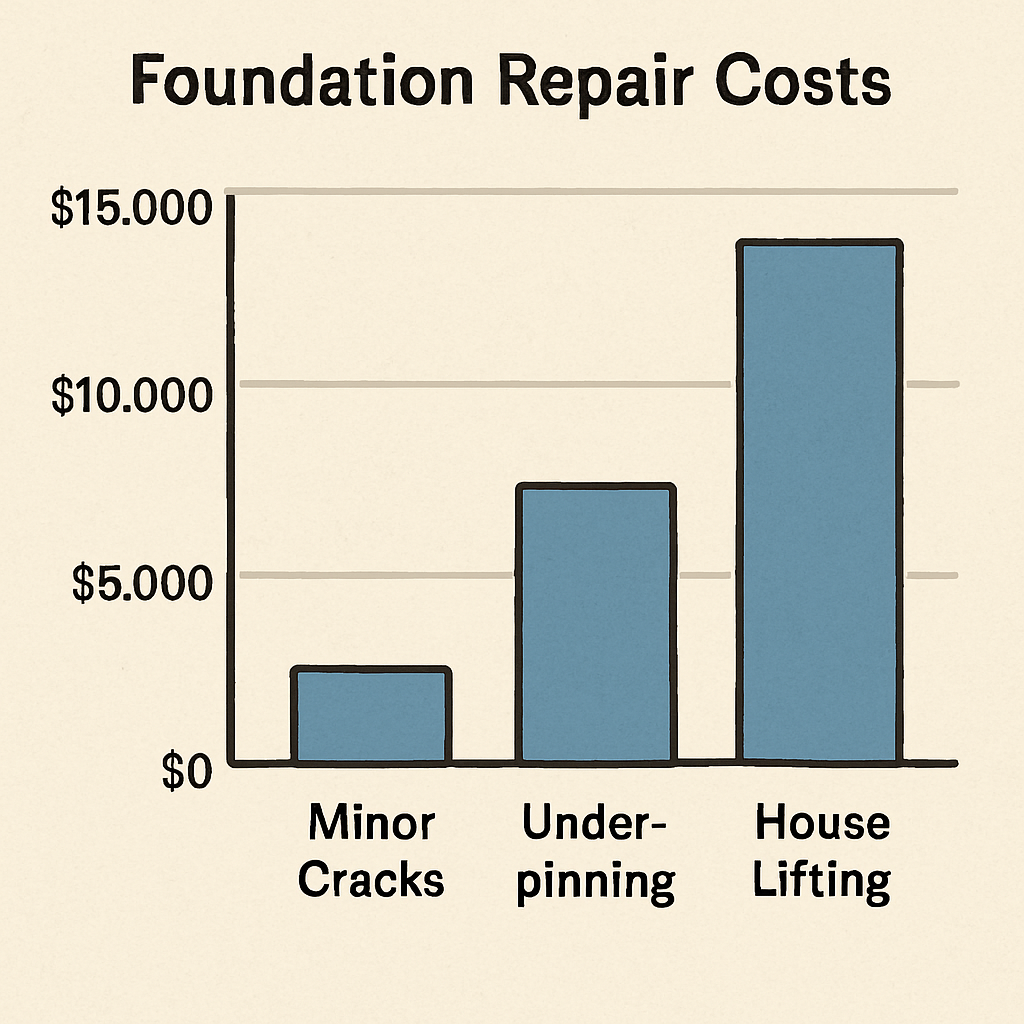
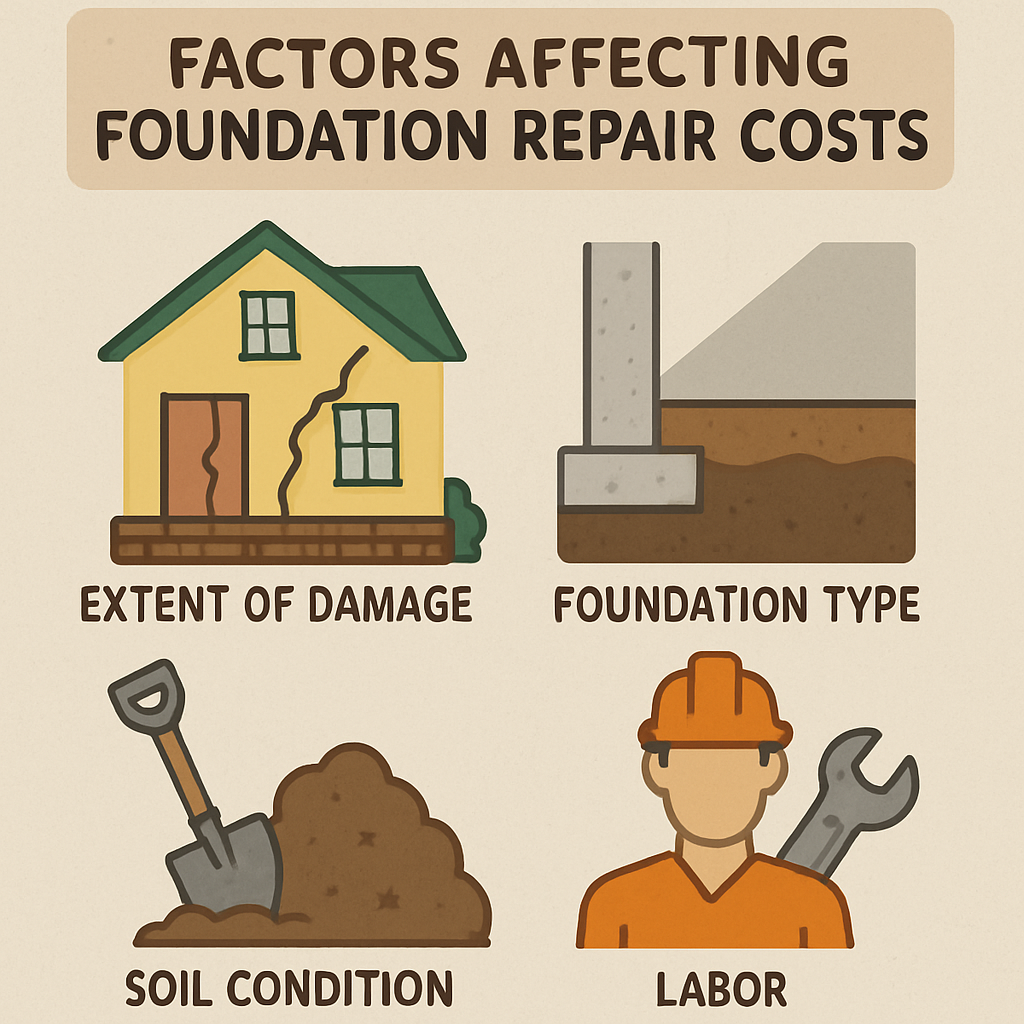
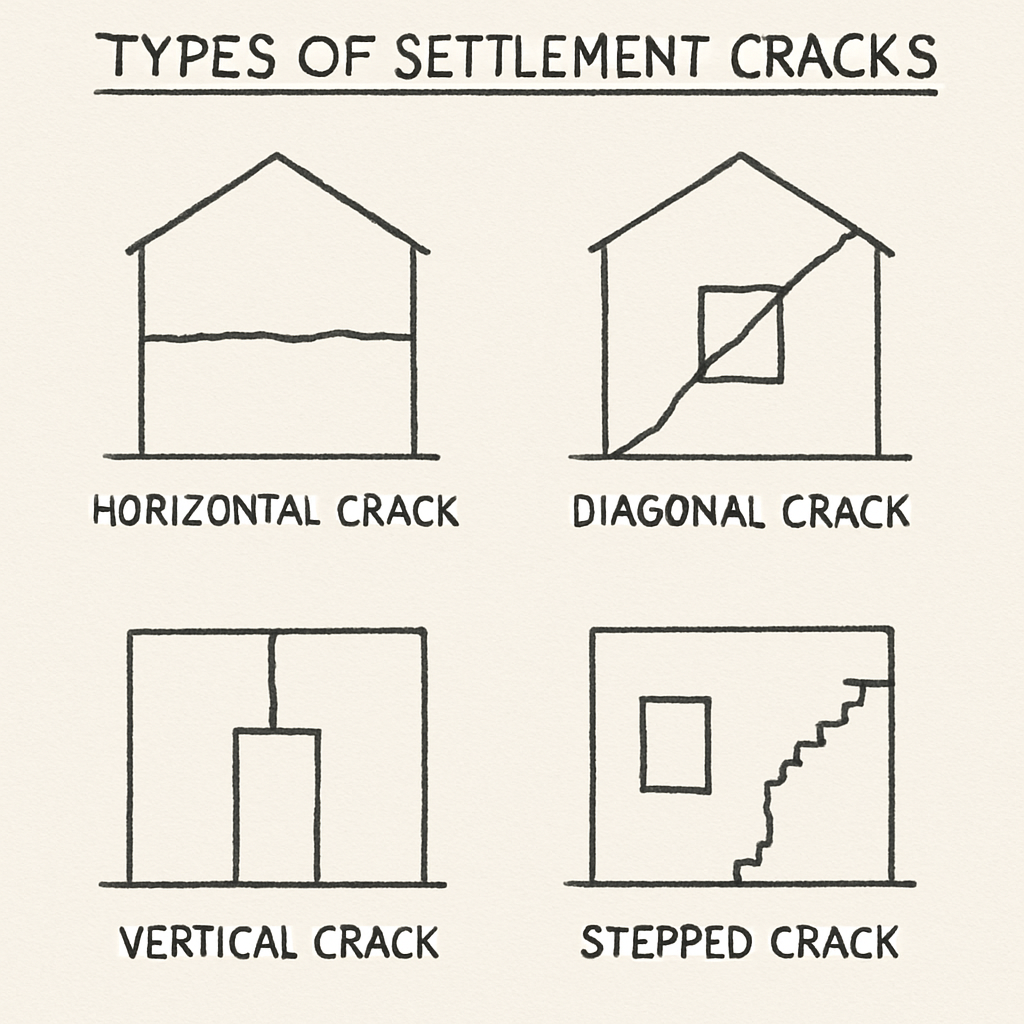
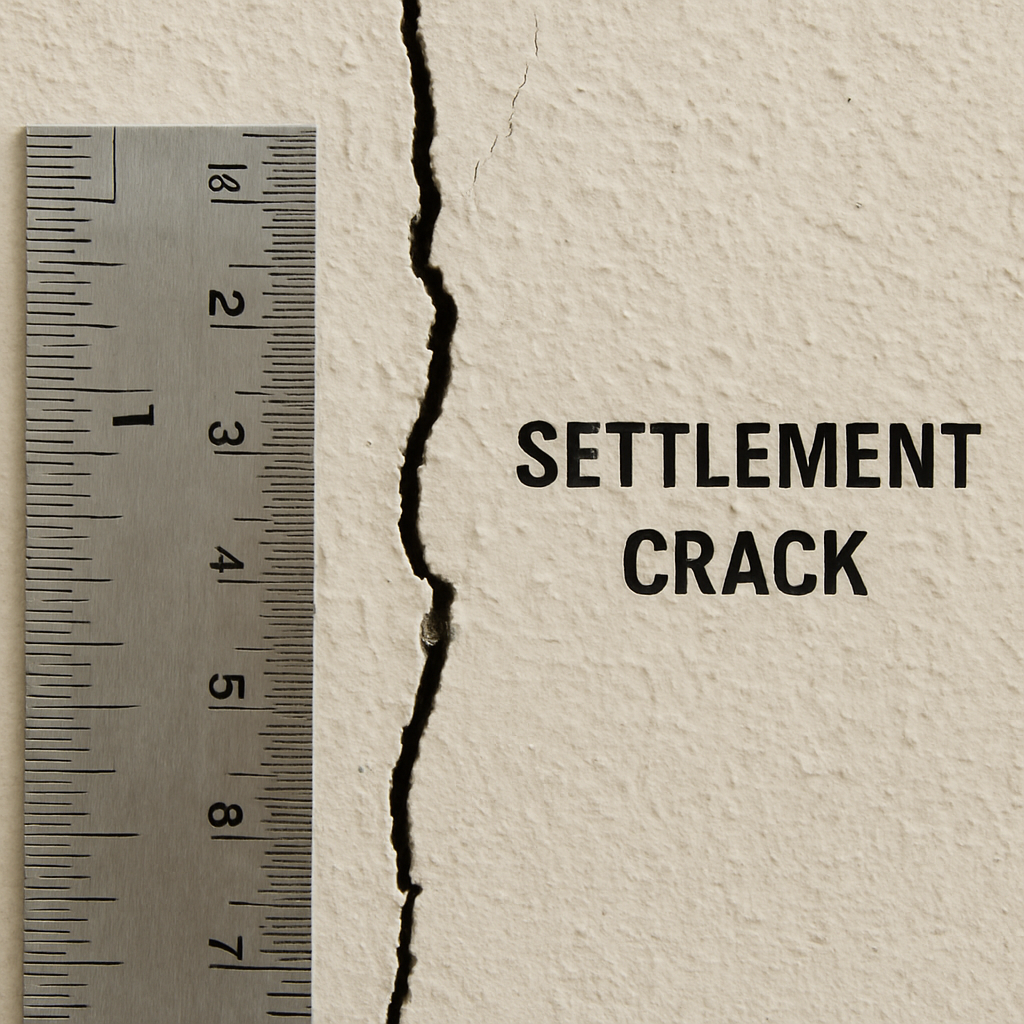
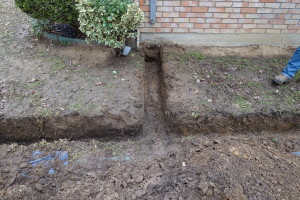
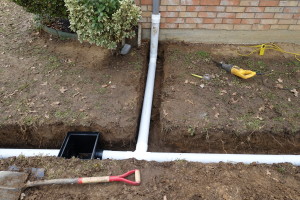
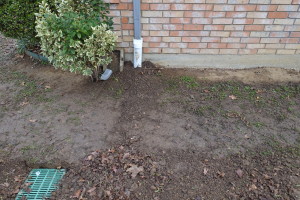
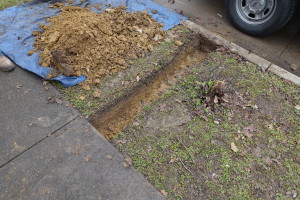

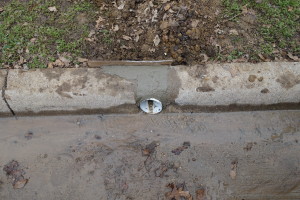
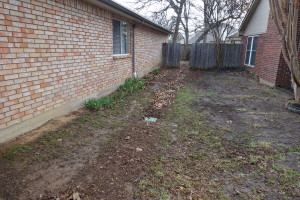
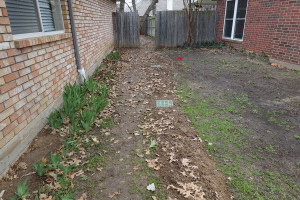
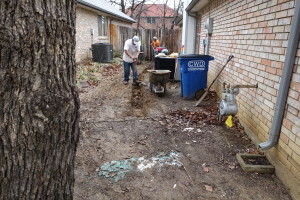
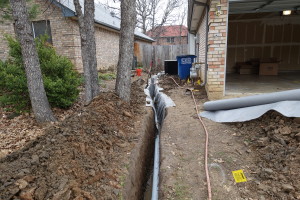
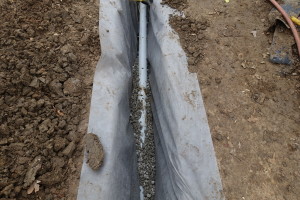
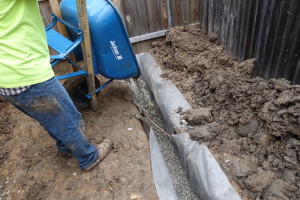
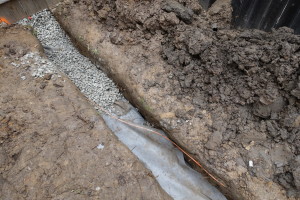
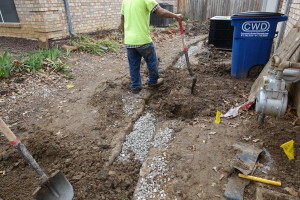
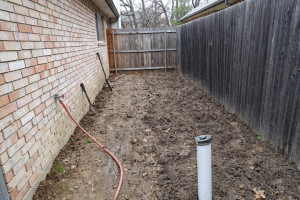
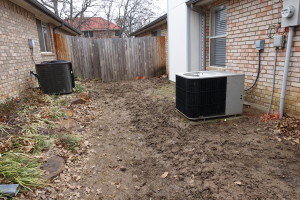
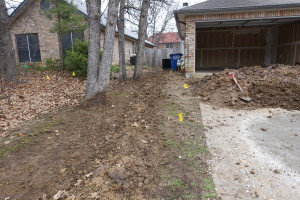
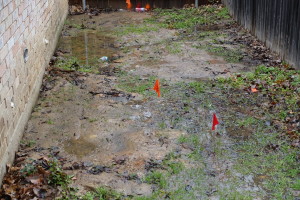 After:
After: 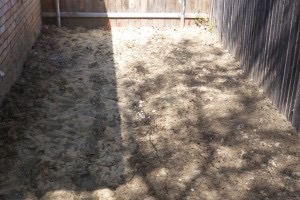





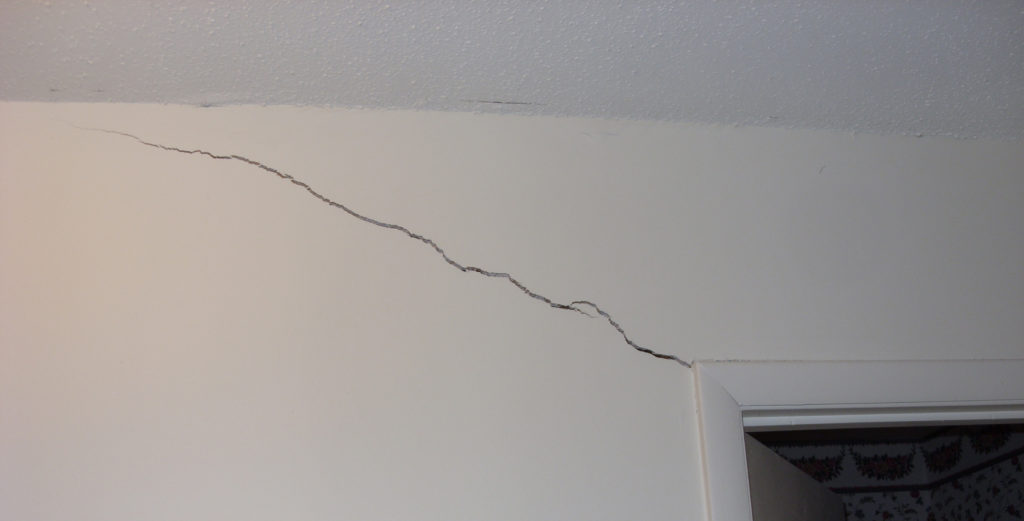
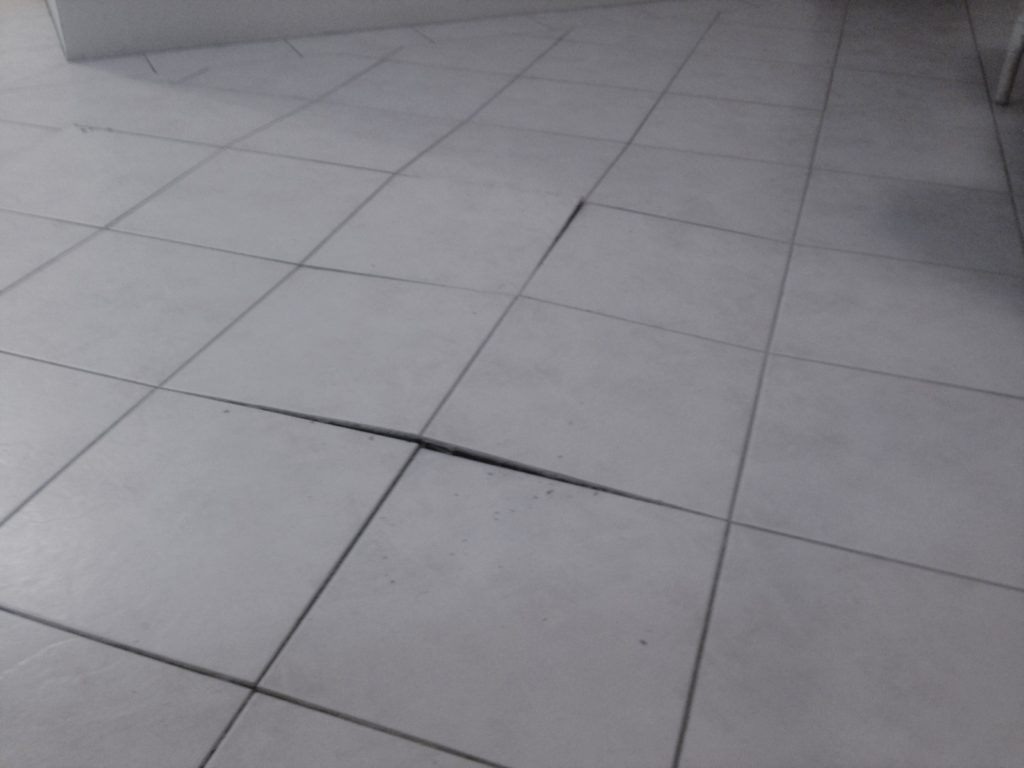

Recent Comments